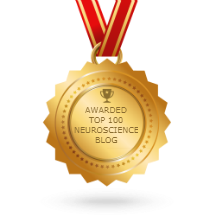An article on Expectation Maximization Theory, taken from the book “Biometric Authentication: A Machine Learning Approach”.
The article/book-chapter addresses a data-clustering algorithm, called the expectation-maximization (EM) algorithm, when complete or partial information of observed data is made available.

The book is written by M.W. Mak, S.Y. Kung, S.H. Lin. and the sample chapter is provided courtesy of Prentice Hall PTR. / Jan 3, 2005.
Read the rest of this entry…
The term cluster analysis (first used by Tryon, 1939) encompasses a number of different algorithms and methods for grouping objects of similar kind into respective categories. A general question facing researchers in many areas of inquiry is how to organize observed data into meaningful structures, that is, to develop taxonomies. In other words cluster analysis is an exploratory data analysis tool which aims at sorting different objects into groups in a way that the degree of association between two objects is maximal if they belong to the same group and minimal otherwise. Given the above, cluster analysis can be used to discover structures in data without providing an explanation/interpretation. In other words, cluster analysis simply discovers structures in data without explaining why they exist.

A simple tutorial on clustering & clustering techniques by Statsoft
Read the rest of this entry…
How Many Clusters? Which Clustering Method? Answers Via Model-Based Cluster Analysis.
Read the rest of this entry…



 Neurobot via RSS
Neurobot via RSS
